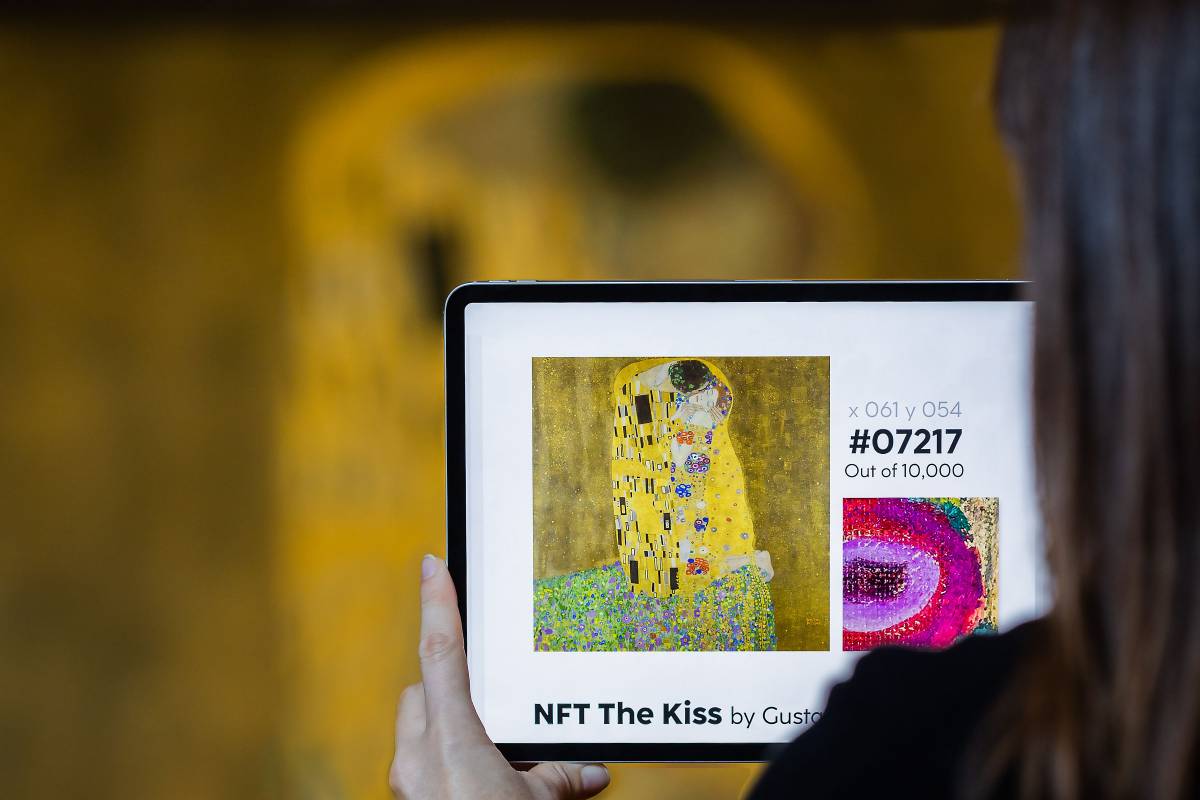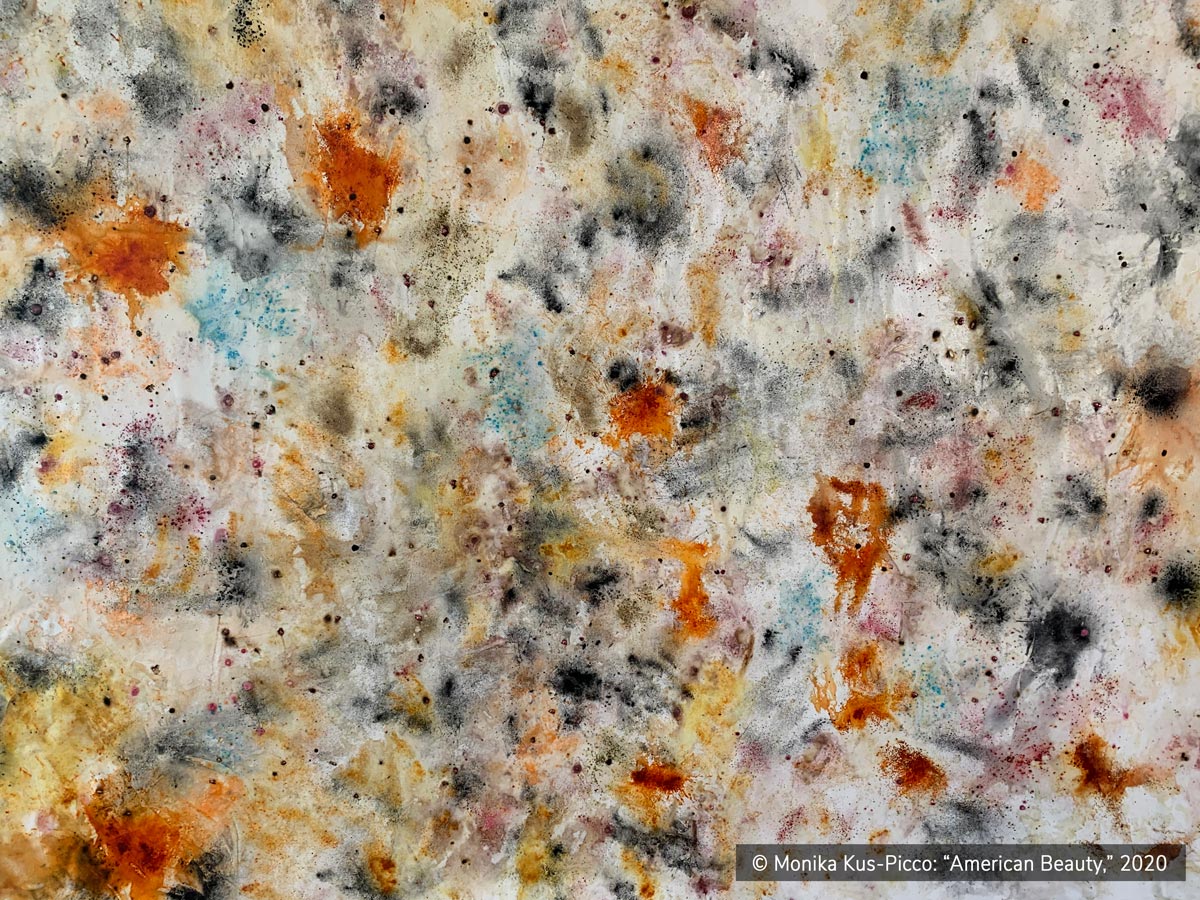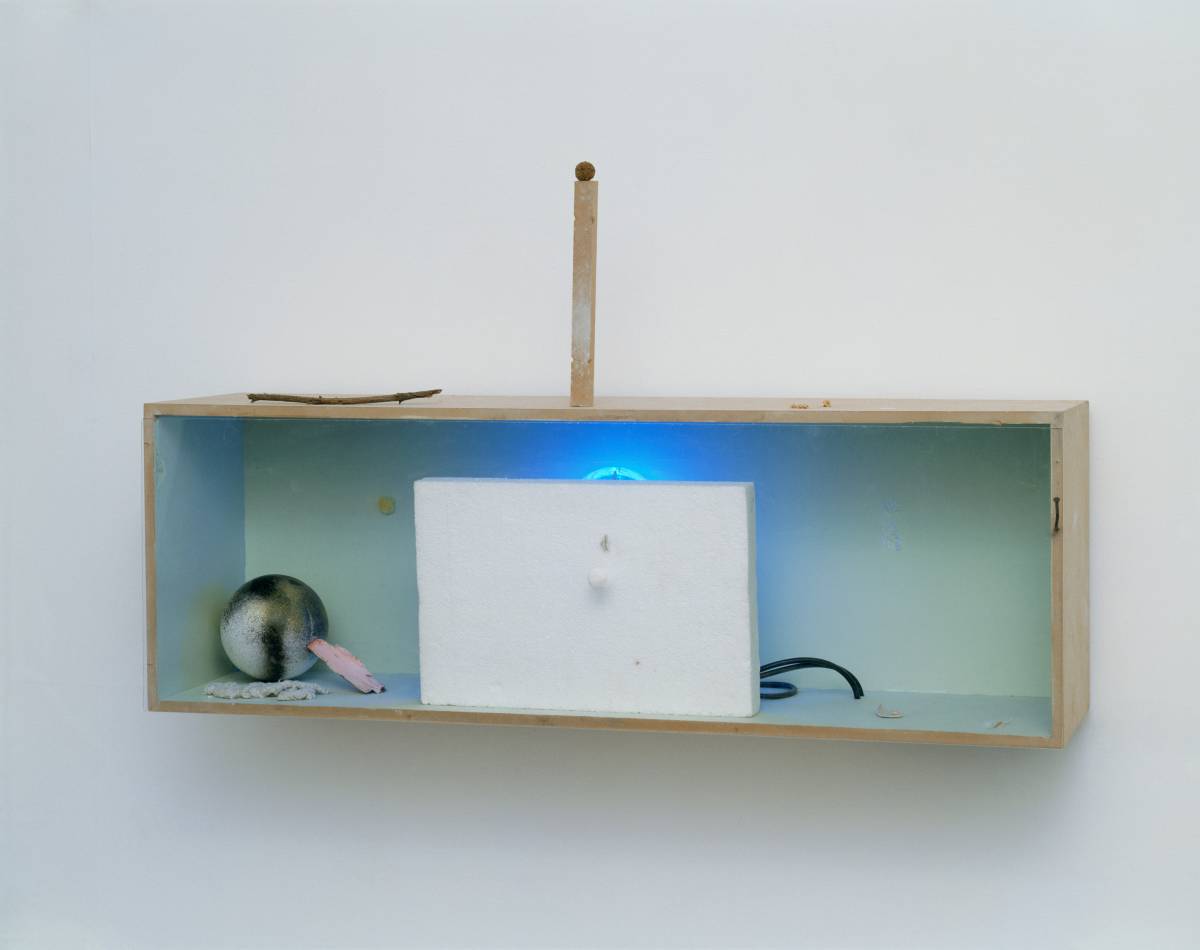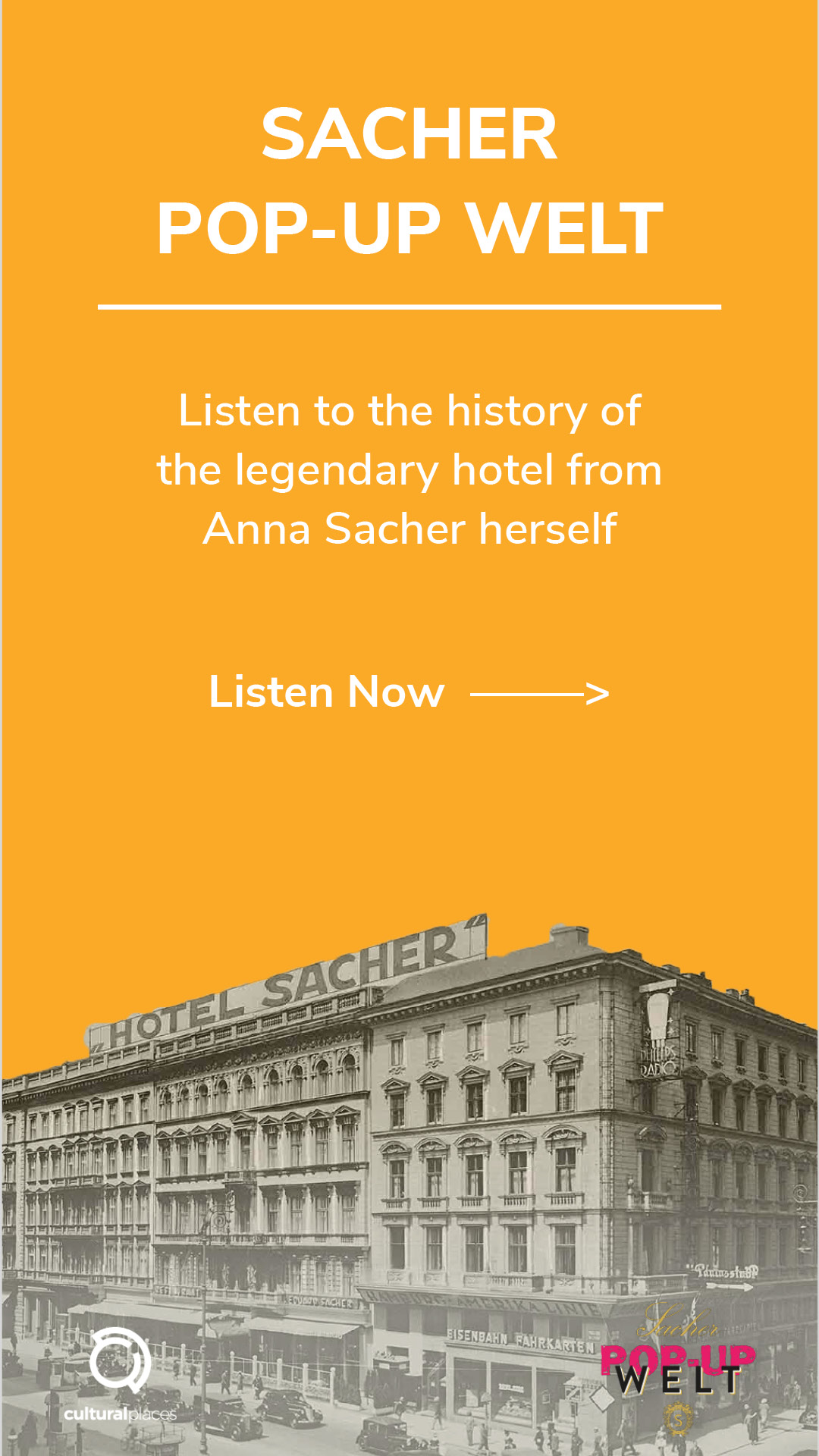Crypto and Culture: What Art Has to Do with NFTs
NFTs are on everyone’s lips right now. But what exactly are NFTs, how can they be used and which role can they play for the art and culture industries? Why thinking of NFTs like signed trading cards will help and much more in today’s deep dive: Let’s uncover some myths around NFTs and shed light on the subject.
What is an NFT?
An NFT stand stands for “non-fungible token” and is in its broadest sense a unique unit of data, meaning it can’t be replaced with something else. The data within the NFT employs technology that allows digital content – this can range from videos to songs or even images – to become logged and authenticated on blockchains, the most common one being Ethereum. NFTs are bought and sold online, mainly with cryptocurrency.
Once the content is logged onto the blockchain, every transaction (from transfers to sales) is recorded on-chain. This means it cannot be changed, once logged. What makes the blockchain so unique is the idea of decentralization. Typically, data is stored on a single server. If the server is hacked, the data is gone. The blockchain decentralizes this aspect, meaning every computer on the blockchain is a tiny server. To hack the blockchain you’d have to hack tens or even hundreds of thousands of computers at the same time. This feature also proves the uniqueness of NFTs. Every transaction is logged and accessible to everyone.

The unique thing about the blockchain is that it works in a decentralized way, making hacker attacks almost impossible.
Fungible? Like Fungus?
To get a deeper understanding of what “non-fungible” means, let’s look at the differences between NFTs and other currencies. Physical money and cryptocurrencies are “fungible,” meaning they can be traded or exchanged for one another. One Euro is the same as another Euro. They’re also equal in value—one Euro is always worth another Euro; one Bitcoin is always equal to another Bitcoin.
NFTs are different. Each has a digital signature that makes it unique. This uniqueness combined with the impossibility to replace them (fungible = replaceable), coins the term NFT.
Where Can I find NFTs?
NFTs are minted on marketplaces, which include platforms like OpenSea, SuperRare, Nifty Gateway, and many others. Minting refers to the act of creating an NFT, which means generating a piece of data that will be stored on the blockchain. This contains a lot of important information: it lists the creator of the work and ensures that the creator receives royalties each time the NFT is sold.
Buying and Selling Digital Art with NFTs
Although they’ve been around since 2014, NFTs are now gaining notoriety because they are becoming an increasingly popular way to buy and sell digital artwork. In 2021 alone, 22 billion US-dollars were spent on NFTs.
“Essentially, NFTs create digital scarcity,” says Arry Yu, chair of the Washington Technology Industry Association Cascadia Blockchain Council and Managing Director of Yellow Umbrella Ventures.
This stands in stark contrast to most digital creations nowadays, which are almost always infinite in supply. But many NFTs, at least in these early days, have been digital creations that already exist in some form elsewhere, like iconic video clips from NBA games or actual versions of famous paintings.
Ownership
You see, with the help of NFTs, owning and selling digital content can be made easier. Because NFTs are designed to give you something that can’t be copied: ownership of the work. However, just like with physical artwork, the artist can still retain the copyright and reproduction rights. To illustrate this with the example of physical art collecting; anyone can buy a Picasso print. But only one person can own the original painting, or, in the case of NFTs, a lot of people can own an original piece of the artwork.
NFTs Explained Based on the Example of Klimt’s The Kiss
To make NFTs more accessible, let’s take a look at how the Belvedere Museum in Vienna took its first steps into the metaverse. Just in time for Valentine’s Day, Gustav’s Klimt iconic painting “The Kiss” was turned into a unique NFT project. A high-resolution digital copy was divided into a 100 x 100 grid resulting in 10,000 inimitable individual pieces that were offered as NFTs. One NFT was sold for €1,850 and as of now, 1,730 pieces have already been sold, already generating a revenue of 3.2 million euros of the possible 18.5 million euros.
In a statement at the launch, Belvedere General Director Stella Rollig and CFO Wolfgang Bergmann speaks of Belvedere’s first steps into the Metaverse as a tremendous achievement: “The Belvedere is, of course, aspiring to be one the most prestigious cultural institutions in the digital world, and thereby reach new audiences,” explains Stella Rollig. “The widespread interest shown by the media, multipliers, and collectors around the world confirms our decision to focus on NFTs at the right time and with the right project,” said Wolfgang Bergmann.
Buying a Piece of The Kiss
If you acquire one part of The Kiss NFT, you are allowed to keep it in your digital Wallet, show it in Metaverse galleries, download it or print it. The certificate provided by Belvedere may also be printed. Altering or editing the purchased NFT in any way is not allowed.
As a side note, The Kiss is now in the public domain more than 70 years after Gustav Klimt’s death in 1918. In theory, anyone can create and sell an NFT; however, it is necessary to have the rights to the high-resolution digital photo. In this case, Belvedere has them.
However, purchasing a Kiss NFT does not grant you any rights to the analog artwork. You only acquire a certain part or share of the digitized painting. The exact part of the artwork you acquired is listed in the corresponding certificate issued.

From now on you can buy NFTs of the famous Klimt painting “The Kiss” (c) Belevedere, Vienna
Preview: Cultural Places Goes Metaverse
Sneak peek: We are excited to announce that we are working on our own metaverse project. This will include our very own CP ecosystem, NFTs, benefits for museums and travelers, and much more. Join our Telegram group for all the information!
Featured image: (c) Ouriel Morgensztern / Belvedere, Vienna






